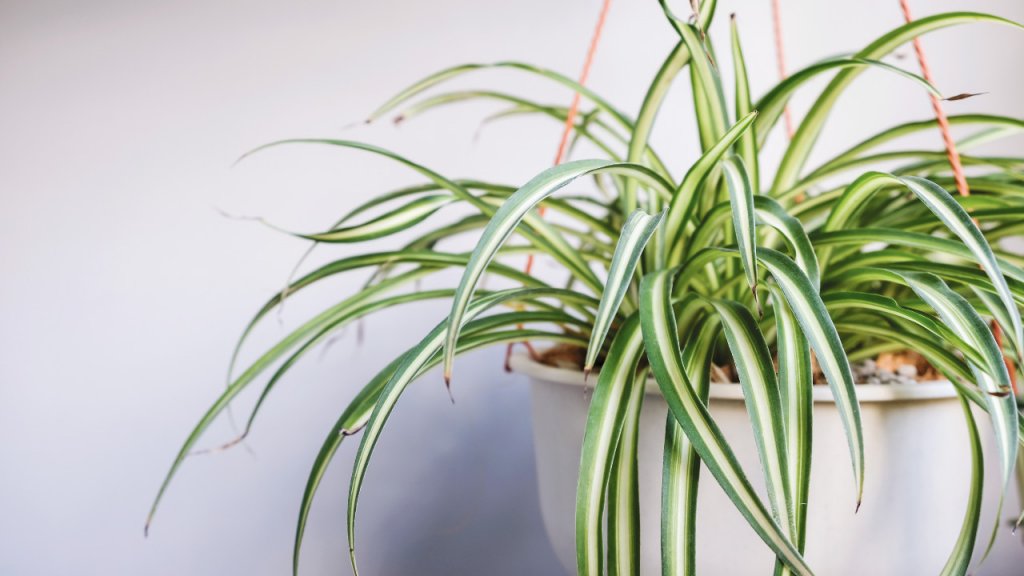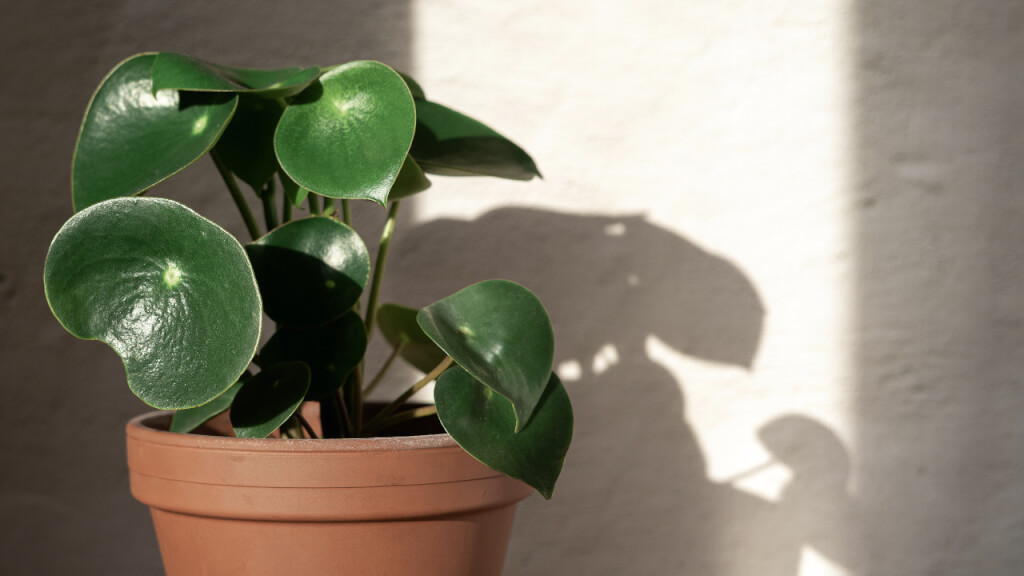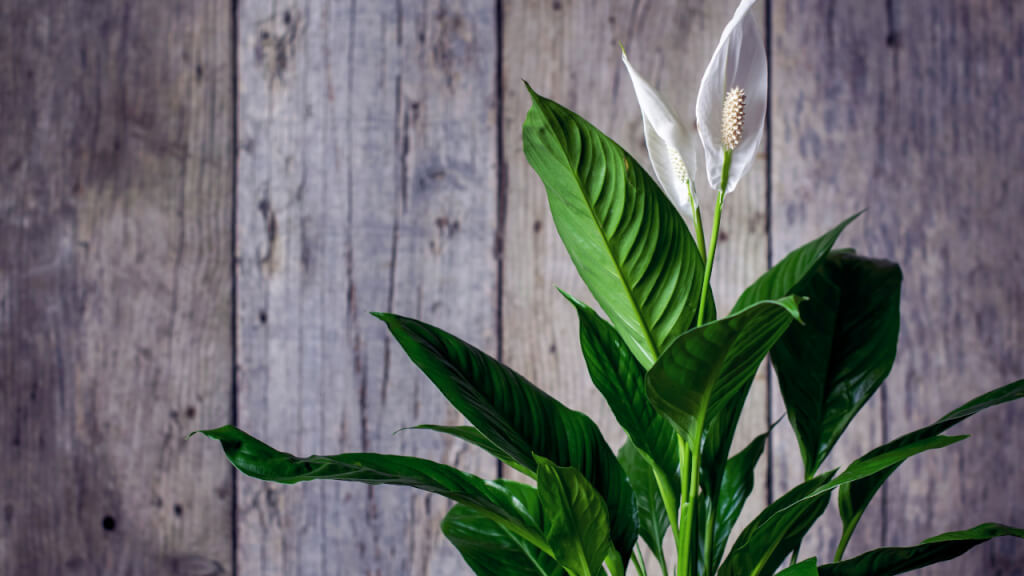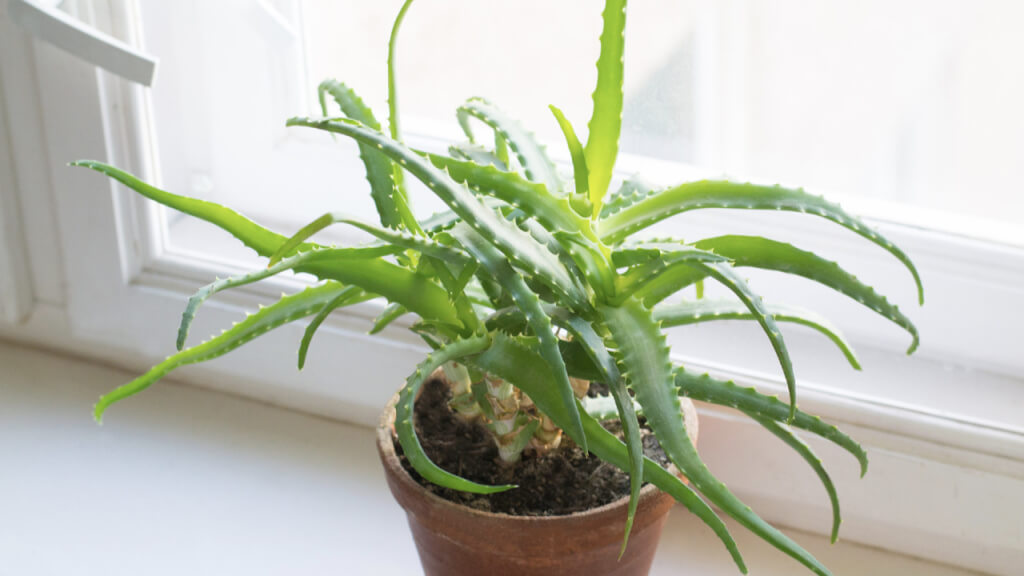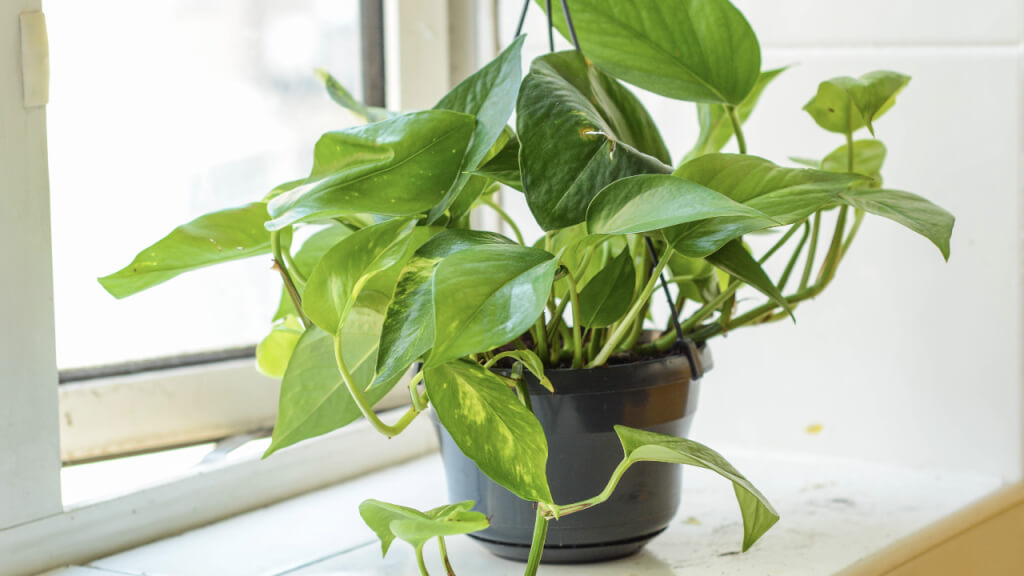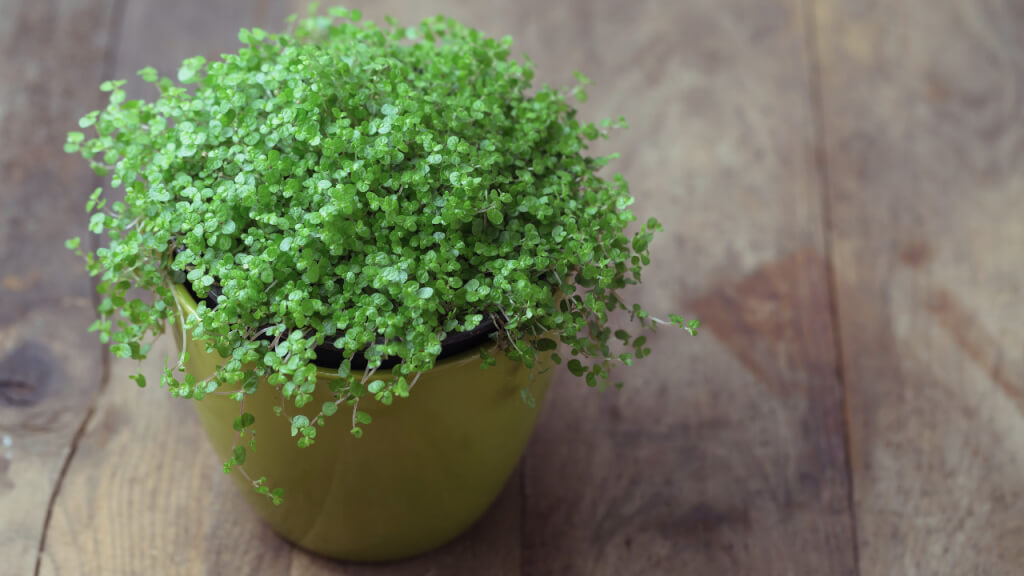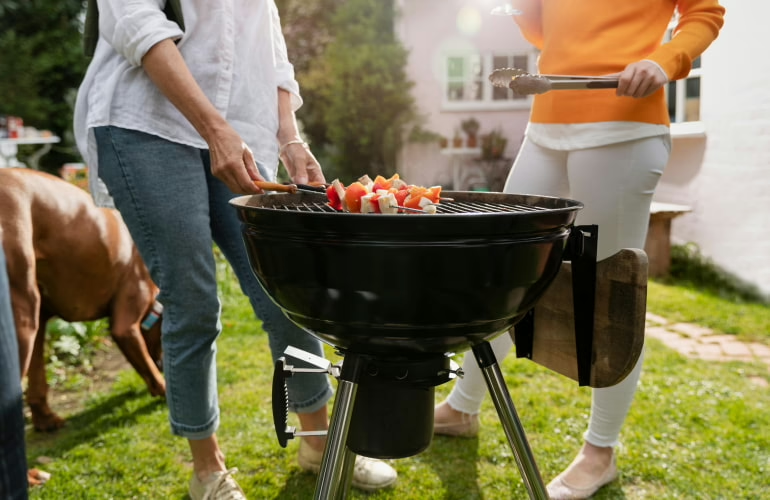Advertising Disclosure
Best houseplants for beginners: 6 plants that are easy to care for
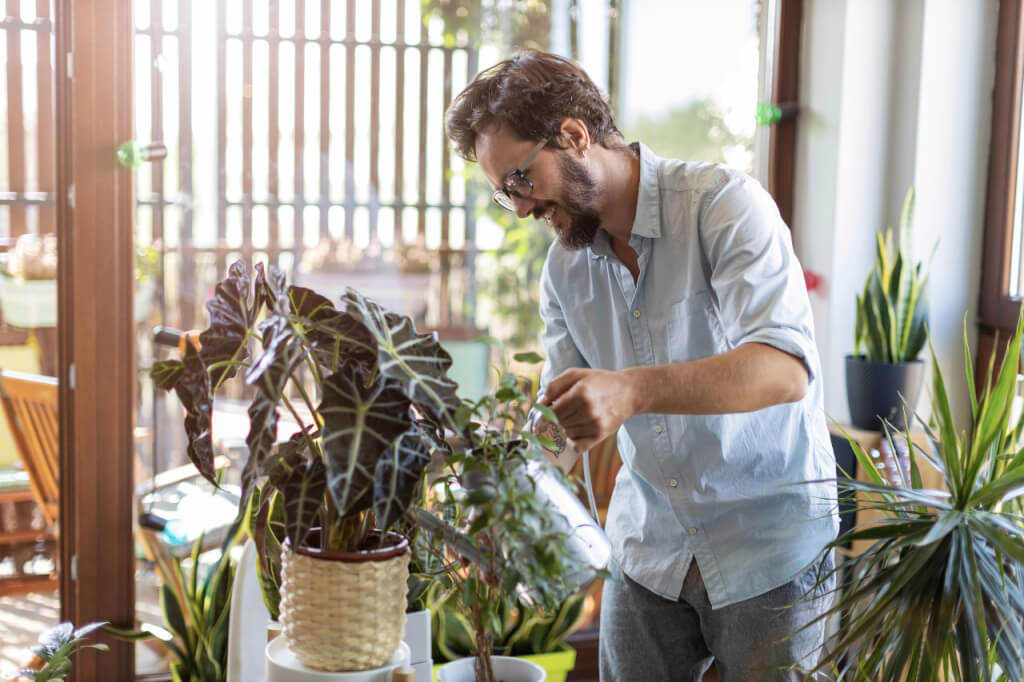
Looking to add some greenery to your living space but fear you might have a deadly touch? Maybe you had a bad experience in your past with a failure to keep a plant alive in your apartment. Or worse, maybe you have a bad reputation among family and friend as someone who’s let multiple plants die. (It’s a common story.) Or maybe you’ve never taken care of a houseplant before at all. It can be intimidating to take care of a plant when you have absolutely no experience doing it. But there’s really no need to worry. There are plenty of easy-to-care-for plants out there that require very minimal effort to maintain. Below are a few of our favorite examples of the best houseplants for beginners.
BEST HOUSEPLANTS FOR BEGINNERS – SPIDER PLANT
Appearance: Long, slender green leaves with a white or yellow stripe down the center.
Perhaps one of the most well-known easy-to-care-for houseplants is the spider plant. With its impressive tendrils, a spider plant can pretty much survive on its own with no special requirements as far as sunlight or temperate. As long as the soil is not too soggy, this plant will flourish. You also can easily trim it down and repot it to allow for expansion. With enough care, small blossoms, aka spiderettes, will appear and dangle downward from the plant’s tips. Should the tips start to turn brown, don’t fear. Browning is typical with these plants, especially if there is fluoride in the water. To avoid this, it’s best to use distilled water or rainwater to keep the plant fresh and alive.
BEST HOUSEPLANTS FOR BEGINNERS – PEPEROMIA
Appearance: Thick green leaves, sometimes with a goldish-yellow trim.
Able to survive without much attention, the peperomia is one of the best houseplants for beginners. It’s also an favorite decorate plant that isn’t too sensitive about how you care for it. Preferring a loamy potting soil, the peperomia plant thrives with decent drainage and a bright environment. As with most plants, overwatering a peperomia can prove deadly if you ignore the warning signs. These are rotting stalks, wilting or yellowing leaves, a heavy pot and waterlogged soil, according to Smart Garden Guide. Using the dryness of the soil as a guide, you should water your peperomia every seven to 10 days to keep the plant healthy.
BEST HOUSEPLANTS FOR BEGINNERS – PEACE LILY
Appearance: White, oval-shaped flower that sprouts from a bed of glossy, green leaves.
Perfect for those wanting to “brighten up a living space,” the peace lily is designed to clean the air around it according to Gardening Know How. Thriving in low to medium light, the peace lily plant prefers watering about once a week. Simply check your peace lily’s soil for dampness. If the soil is dry or if the plant is starting to droop, proceed to water as needed. You can also repot your peace lily if it starts to outgrow its current environment. Just move the plant to a pot at least 2 inches larger than the one that it’s in.
BEST HOUSEPLANTS FOR BEGINNERS – ALOE VERA
Appearance: Short, stem-less succulent with tiny rows of sharp teeth.
Aloe vera is well known for containing medicinal properties. You can use aloe vera can be used to treat skin rashes and burns as well as to improve your digestive health. Though easy to care for, aloe vera is very picky about its treatment. Make sure to plant aloe vera with cactus soil potting mix that’s been enhanced with perlite (volcanic glass) in a pot with drainage holes. When you water your aloe vera plant, be sure that the soil is completely dry first. It’s also important that any water is able to drain through thoroughly.
BEST HOUSEPLANTS FOR BEGINNERS – DEVIL’S IVY
Appearance: A vine-like plant with heart-shaped leaves of green or yellow color.
As long as you keep this plant in bright to minimal sunlight, devil’s ivy can grow up to 40 feet and you can make it into a hanging basket or climbing plant. Regular potting mix is perfectly fine to use when planting. Water your devil’s ivy only enough to penetrate the roots without oversoaking the soil. Though they’re rare, be on the lookout for mealy bugs. If you find these pests trying to devour your plant, a simple swap of rubbing alcohol should do the trick.
BEST HOUSEPLANTS FOR BEGINNERS – BABY’S TEARS
Appearance: A moss-like mound of greenery.
Due to its limited blooming nature, you can use a baby’s tears plant as decorative filler for other plants or ground cover to hide dry patches. Baby’s tears requires medium to high humidity, so it’s an ideal plant for the kitchen or bathroom. Otherwise, you can keep it in an uncovered terrarium with regular potting soil that’s been lightly moistened. Baby’s tears are also notoriously thirsty. It’s best to water your baby’s tears at the earliest sign of wilting or dryness. If exposed to freezing temperatures, the plant may die. But don’t despair. It will regrow from its roots once warmer weather appears.
